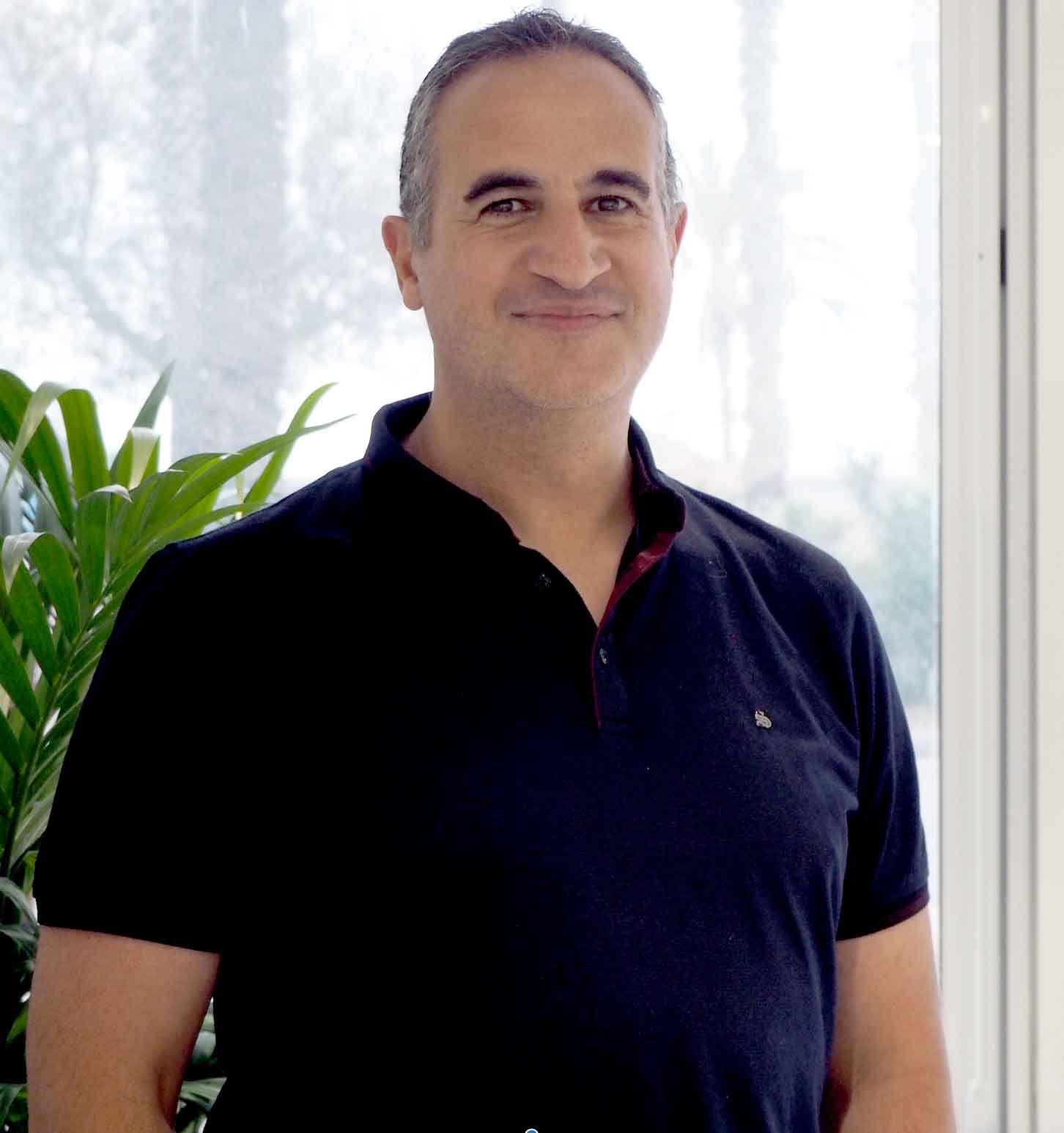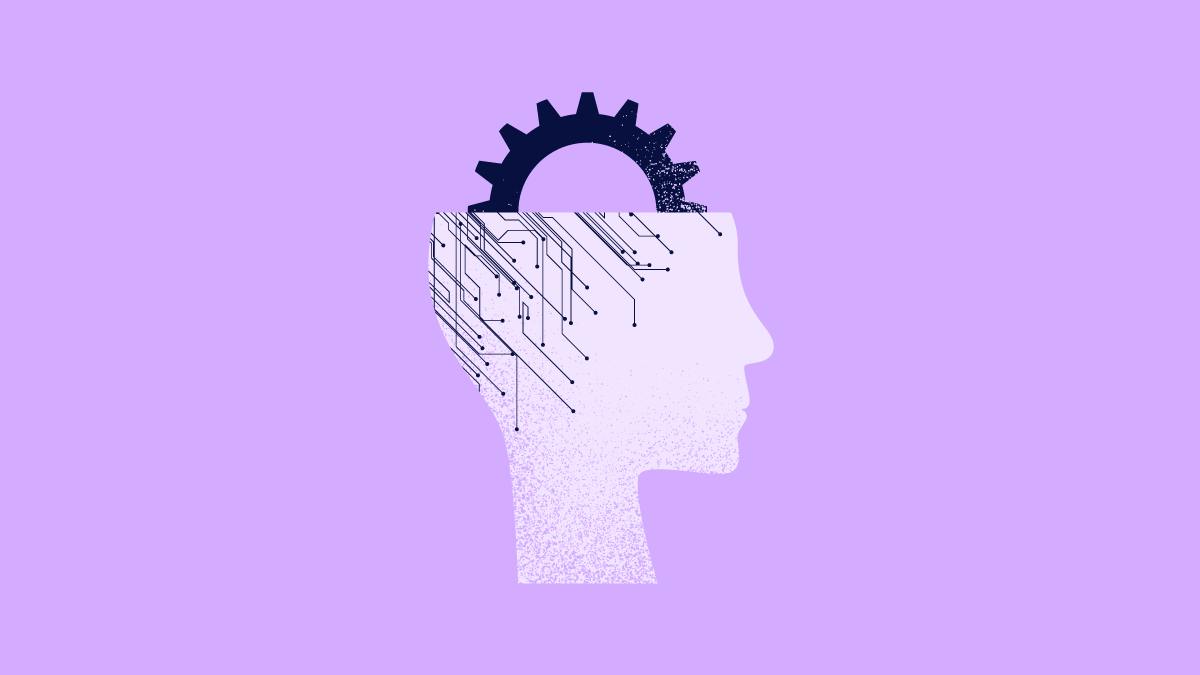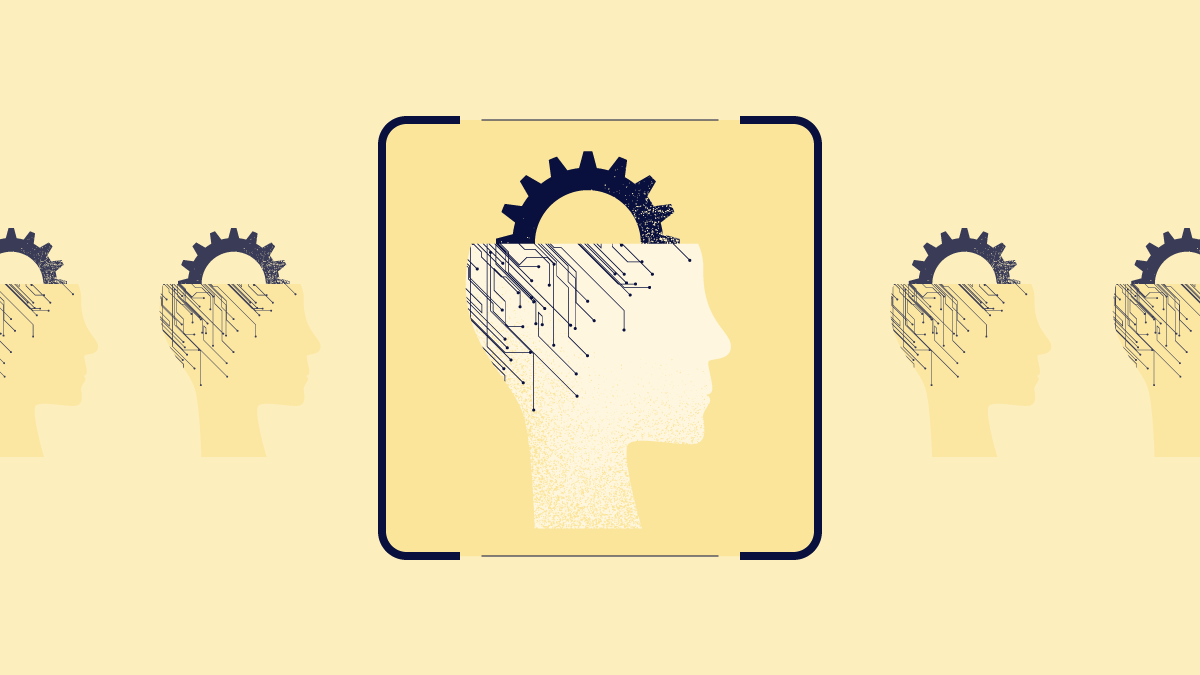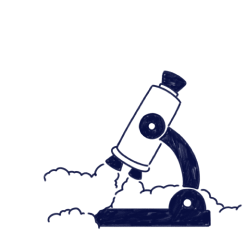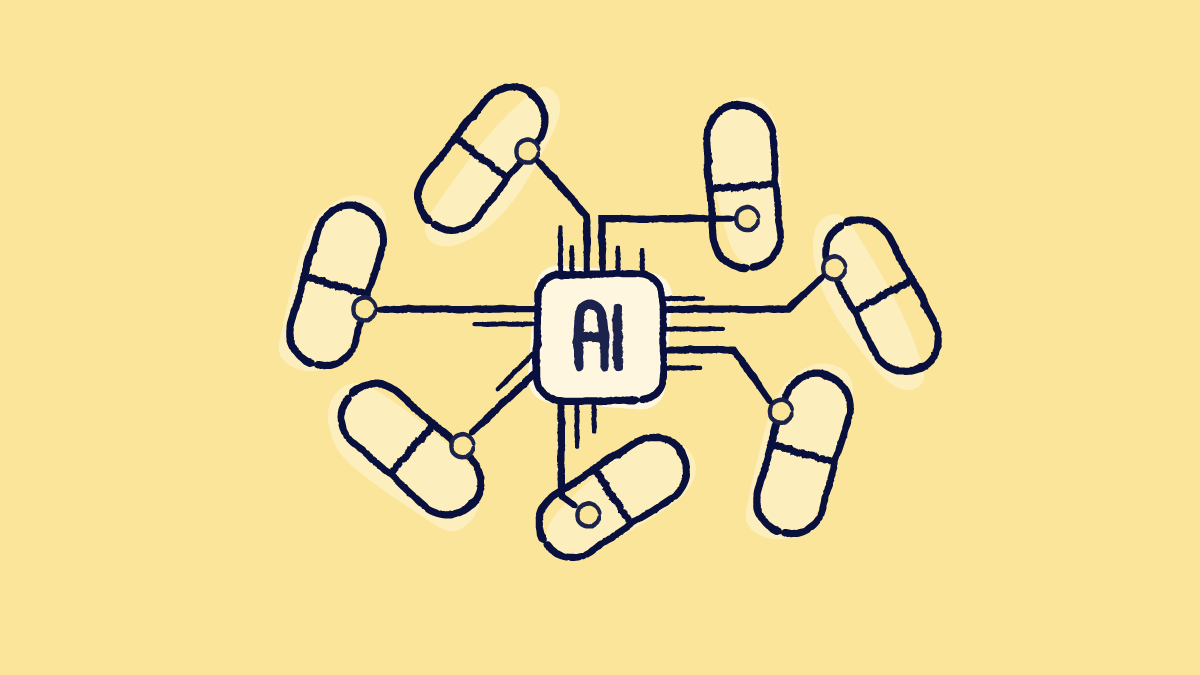
Thanks to the growing use of AI in drug development, pharmaceutical companies can now sift through all that data to spot patterns, predict failures, and make better decisions faster. From finding promising drug candidates to optimizing clinical trials and scaling up manufacturing, AI is reshaping the entire journey.
The result? Faster drug development, reduced costs, shorter timelines, and most importantly, quicker access to life-saving treatments for patients.
And regulators are on board too.
Agencies like the FDA are already drafting guidelines to help integrate AI safely and effectively into cGMP environments. That means now is the time to start exploring how AI can help your team stay compliant, cut delays, reduce time-to-market, and boost quality from day one.
In this article, we will explore how AI is transforming drug development in real practical ways. You’ll learn:
- Why traditional drug development takes so long, and where the biggest bottlenecks are
- Applications of AI to work smarter, not harder
- Benefits of AI in drug development
- What regulatory agencies are doing to support AI in pharmaceutical environments
You will get a clear view of how AI can become your most reliable ally in pharmaceuticals.
The 5 stages of drug development
Let's look at conventional drug development first. In most cases, the process is divided into five major stages, each of which presents its own challenges, complexities, and opportunities.

The journey begins with target selection. This step is foundational, where researchers aim to identify new therapeutic compounds or biological pathways that play a crucial role in a specific disease.
It involves identifying disease mechanisms and potential drug targets, such as proteins or genes implicated in disease. By combing through enormous volumes of biological data, researchers need to reveal connections and highlight those targets, although some might go unnoticed.
Once a target is selected, it must be validated.
Target validation is a critical filter that involves demonstrating that modifying this target will indeed have a therapeutic benefit. Only those targets that influence disease outcomes meaningfully move forward.
After validation, the focus shifts to screening compounds and optimizing lead candidates.
Researchers use basic science, genomics, and high-throughput screening to find small molecules or biologics that interact effectively with the validated target. They test thousands to millions of compounds, but only a handful show promise for further study.
Once potential leads are found, they are refined to enhance their effectiveness and safety.
The fourth stage is preclinical testing. Before testing in humans, promising compounds are evaluated in laboratory (in vitro) and animal (in vivo) models to assess their safety, toxicity, and overall behavior in biological systems.
Finally, if a drug clears preclinical testing, it enters clinical trials, the longest and most expensive part of the journey. This stage involves testing the compound in human volunteers across multiple phases (phase I, phase II, and phase III) to assess safety, efficacy, and optimal dosing.
Each of these five stages is resource-intensive and time-consuming.
Afterward, there is the regulatory and approval stage, where data collected from all previous stages are submitted to regulatory agencies for evaluation, and hopefully, approval.
Why drug development takes 10+ years
Traditional drug development is long and risky due to a combination of scientific, regulatory, and operational challenges that ensure both the safety and efficacy of new medicines.
The time taken to bring any new medicine to market is on average 10-15 years and this costs over $2.5 billion from early discovery through human proof of concept studies up to regulatory approval (Nature, 2020).
One of the most significant hurdles is the high attrition rate.
Drug discovery has been highly inefficient. For every 10,000 compounds tested, only 10–20 advance to development, and just a fraction of those ever reach clinical trials (PPD Inc, 2025).
Clinical trials themselves are complex and time-consuming. Patient recruitment poses a substantial challenge, with nearly 80% of trials failing to meet enrollment timelines and up to 50% of research sites enrolling one or no patients.
Studies also indicate that approximately 90% of drug candidates fail during the clinical development phase (Sun D. et al, 2022).
The primary reasons for these failures include lack of clinical efficacy (40–50%), unmanageable toxicity (30%), poor pharmacokinetic properties (10–15%), and inadequate commercial viability or strategic planning (10%)
Additionally, the increasing complexity of trial protocols has led to a rise in amendments, which are often necessary to address evolving scientific understanding or regulatory requirements. These amendments can cause significant delays and increase costs.
The challenge of coordinating across multiple global regulatory frameworks further adds to the length of timelines.
By the time a drug is approved, much of its patent life may already be gone, putting pressure on companies to recover billions in investment quickly.
How AI is accelerating the journey of drug development
Artificial Intelligence is now reshaping every stage of drug development with impressive results. Companies are now discovering ways to improve success rates and accelerate timelines.
Let’s see some AI in drug development applications.

Applications of AI in drug discovery
Artificial intelligence in drug discovery helps scientists find new targets for medicines by scanning huge amounts of biomedical data, like genetic information and research papers. It spots patterns and connections that would be too complex or time-consuming for humans to detect on their own.
AI, particularly deep learning and generative algorithms bring a faster, smarter way to discover new drugs. Instead of just searching through existing molecules, these advanced systems can actually design brand-new ones from scratch, based on patterns that suggest what is most likely to be effective.
Machine learning algorithms can also predict drug efficacy, toxicity, and optimal molecular structures, often reducing the discovery phase by 1–2 years.
This is like having a highly advanced design process early in the product lifecycle. Instead of testing every option, AI narrows the focus to only the most promising ones, before a single lab experiment is run.
Recommended learning: AI innovations and challenges in the in the pharmaceutical Industry.
Applications of AI in drug development
As drug candidates are refined, AI simulates how molecules interact in the body. This helps researchers quickly identify which compounds are most promising.
During preclinical testing, AI models predict how a drug will be absorbed, processed, and eliminated by the body, as well as flagging potential toxicities. Therefore, AI in drug development supports faster, risk-based decisions and can reduce the need for animal studies.
The technology’s influence is even more profound in clinical trials and manufacturing.
AI in clinical trials simplifies patient recruitment by analyzing real-world data to select suitable patients, while also identifying underperforming sites to avoid costly delays.
Adaptive trial designs benefit from AI-driven analytics, which allows protocol studies to adjust in real time based on interim data.
In manufacturing, AI monitors production in real time, catching quality deviations before they become costly issues. Predictive maintenance further ensures equipment reliability.
Bringing savings of $4–7 billion annually, AI isn't just a futuristic promise; it's a practical, proven tool redefining pharma's future.
Here are some real-world examples of AI use, that are happening now to speed up drug development:
- BioNTech integrated AI at multiple stages of its COVID-19 vaccine development and pandemic response. AI was used to optimize mRNA vaccine design by analyzing viral genome sequences and predicting the most effective antigen targets, thereby accelerating the identification and selection of potent vaccine candidates.
- Insilico Medicine achieved a significant milestone in drug discovery by using AI to design a novel drug candidate for idiopathic pulmonary fibrosis (IPF), moving from the initial concept to human clinical trials in under 30 months. It was a record pace for the pharmaceutical industry.
- Exscientia and Sumitomo Dainippon Pharma made history by advancing DSP-1181, the first fully AI-designed drug molecule, into a clinical trial within approximately 12 months from project initiation.
Benefits of AI in drug development
Integrating AI into the pharmaceutical pipeline offers a powerful advantage: it speeds up processes, reduces risk, and improves decision-making from lab bench to production line.
AI doesn't just enhance individual tasks. It connects the dots across discovery and development, transforming how medicines are brought to market.
Let’s break the key benefits down.
Benefits of integrating AI in drug discovery
Drug discovery is traditionally slow, expensive, and uncertain. Now, AI changes that by drastically accelerating how scientists identify, design, and test potential drug candidates. AI flags the most promising starting points in days rather than months.
Generative AI goes even further by designing new molecules tailored to hit specific targets, cutting down the trial-and-error phase. By predicting how these molecules will behave in the body ( this includes analyzing the efficacy, safety, and toxicity) AI helps teams make smarter choices earlier, reducing costly failures down the line.
Benefits of integrating AI into drug development
Once a candidate compound moves past the discovery stage, AI continues to deliver value throughout development. It streamlines clinical trials by optimizing protocol design, identifying the best trial sites, and speeding up patient recruitment through real-world data analysis.
AI also enables adaptive trial models that adjust in real-time based on early results, improving outcomes and saving time.
In manufacturing, AI keeps quality and compliance in check by monitoring processes, predicting deviations, and minimizing downtime.
All of this leads to a leaner, more efficient path to approval, where decisions are guided by scientific evidence, not just intuition.
Regulatory support of AI initiatives for drug discovery and development
In January 2025, the U.S. Food and Drug Administration (FDA) issued a draft guidance titled Considerations for the Use of Artificial Intelligence to Support Regulatory Decision-Making for Drug and Biological Products. This guidance provides recommendations for sponsors and other stakeholders on using AI-generated data to support regulatory decisions regarding the safety, effectiveness, or quality of drugs. It emphasizes the importance of assessing credibility based on risk.
There is also a publication called "Artificial Intelligence and Medical Products: How CBER, CDER, CDRH, and OCP are Working Together", which was released in March 2024 and updated in February 2025, the paper outlines how the FDA’s medical product centers are teaming up to promote the safe and responsible use of AI.
Similarly, the European Medicines Agency (EMA) published a reflection paper in July 2023 on the use of AI in the medicinal product lifecycle. This document outlines the agency's current thinking on applying AI and ML technologies throughout the various stages of the medicinal product lifecycle, from drug discovery to post-authorization activities, while also addressing associated risks such as lack of transparency and potential biases.
The EMA also published a Reflection Paper and launched a multi-year Big Data workplan to integrate AI into the EU regulatory framework. Their message is clear: AI is welcome, but it must meet the same standards for safety, quality, and compliance as any other process or tool.
Recommended learning: Upcoming AI regulations for pharma and medical devices.
Key takeaways
- Traditional drug development is slow, expensive, and risky. It can take over a decade and cost more than $2.5 billion to bring a single drug to market. High failure rates, complex clinical trials, and regulatory hurdles all contribute to these long timelines.
- AI is revolutionizing every stage of drug development. From identifying drug targets and designing molecules to predicting toxicity and optimizing trials, AI is making processes faster, smarter, and more precise.
- AI accelerates early R&D. It helps researchers find promising compounds, simulate interactions, and predict success, all before running a single lab test. Generative AI even designs new molecules from scratch.
- AI improves clinical trial and manufacturing efficiency. AI streamlines patient recruitment, supports adaptive trial designs, reduces delays, and ensures consistent product quality through real-time monitoring and predictive maintenance.
- The return on investment of AI is substantial. AI is expected to save the pharmaceutical industry between $4–7 billion annually by reducing failure rates, compressing timelines, and enhancing operational performance.
- Regulatory agencies are supporting the shift. The FDA and EMA have both published AI-focused guidance to help ensure AI is used responsibly in compliance with existing quality and safety standards.
“With a drug product, we won’t truly know if there’s a problem until it’s on the market and used by millions. We hope there isn’t—clinical trials help—but the real test comes post-launch. By using advanced tools to forecast and detect patterns, we can predict issues and act proactively. That’s why integrating AI into our QMS is so important.”
Martin King, Regulatory Affairs & Quality Assurance expert
Conclusion
AI is no longer some far-off promise on the horizon. It’s here, in your lab, in your data, in your decisions, reshaping how we discover and develop medicines. And whether we like it or not, it is changing the rules.
The reality is this: traditional drug development is too slow, too expensive, and too risky to keep doing things the old way. AI in drug development gives us a shot at doing better. It helps us cut through the noise, avoid failure, and bring truly valuable treatments to patients worldwide.
With strong support from regulators like the FDA and EMA, the path is clear for responsible, high-impact AI adoption. This is no longer a conversation about potential. It’s a choice between leading and lagging. Those who hesitate may struggle to catch up.
If you are in the life sciences and serious about making a difference, the time to engage with AI is now.
